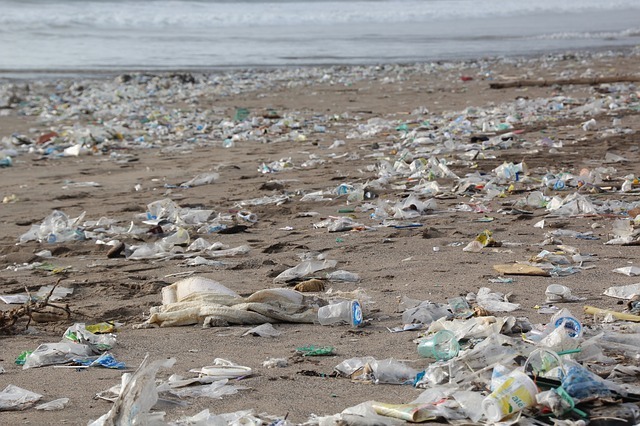The Waste and Resources Action Programme (WRAP), which manages the UK Plastics Pact, has published new guidelines to identify which plastics used in household packaging are currently classified as ‘recyclable’.

Image: The scope of the guidance is currently focused on rigid plastic packaging. Photo: Courtesy of H. Hach from Pixabay.
The guidance provides directions for packaging designers and specifiers, aiming at ‘best in class’ vision for design, including targets for recycled content.
WRAP, through consultation with industry, has identified what types of plastic packaging are actually recycled and defined them as ‘recyclable’.
In addition, WRAP is expected to adopt the On-Pack Labelling Scheme (OPRL) for the plastics classed as recyclable under the UK Plastics Pact, following updation of its guidance later in 2019.
WRAP UK director Peter Maddox said: “If plastic is recyclable, and clearly labelled as such, we stand a far greater chance of keeping that plastic in the economy and out of the natural environment. We also know from recent research that citizens want to see packaging that is 100% recyclable, which they can recycle at home.
“By rationalising the number of polymers used in packaging, we can develop a more efficient recycling system, and reduce confusion for citizens.
“Through The UK Plastics Pact we are working at pace with our members to respond to this, and ensure that all plastic packaging is re-usable, recyclable or compostable by 2025. This new guidance is a significant milestone in our journey towards reaching that target.”
Based on the higher end market for the clear PET, the guidance document showed preference for the material and using ‘clear’ indicates its potential to be used back into plastic packaging.
The guidance also demonstrated that coloured products that can be sorted in the recycling processes using near-infra red technology are deemed to be recyclable.
In addition, WRAP intends to publish further guidance in relation to new near-infra-red (NIR) detectable black plastics in the coming months.
Maddox added: “Businesses that specify, design and produce plastic packaging will be able to draw on this resource for best practise guidance in selecting plastic polymers which are recyclable, while retaining the important protective properties that packaging has.
“While some plastics are classed as recyclable, there is a need to move beyond this, ideally selecting polymers which have a greater recyclability potential than others. In doing so it will help us to achieve other Pact targets, notably to achieve an average of 30% recycled content across all pack formats.”
The scope of the guidance is currently confined to rigid plastic packaging that includes bottles, pots tubs and trays, and is expected to be updated in the future to include films and flexibles.
